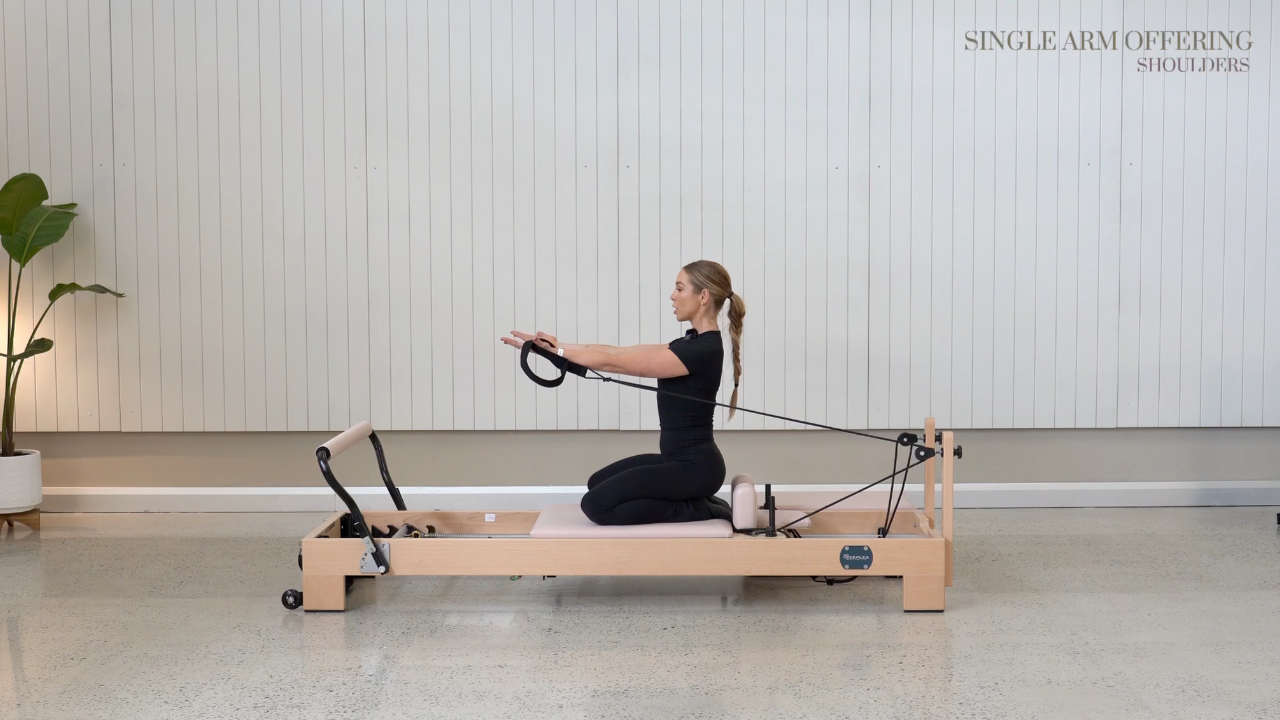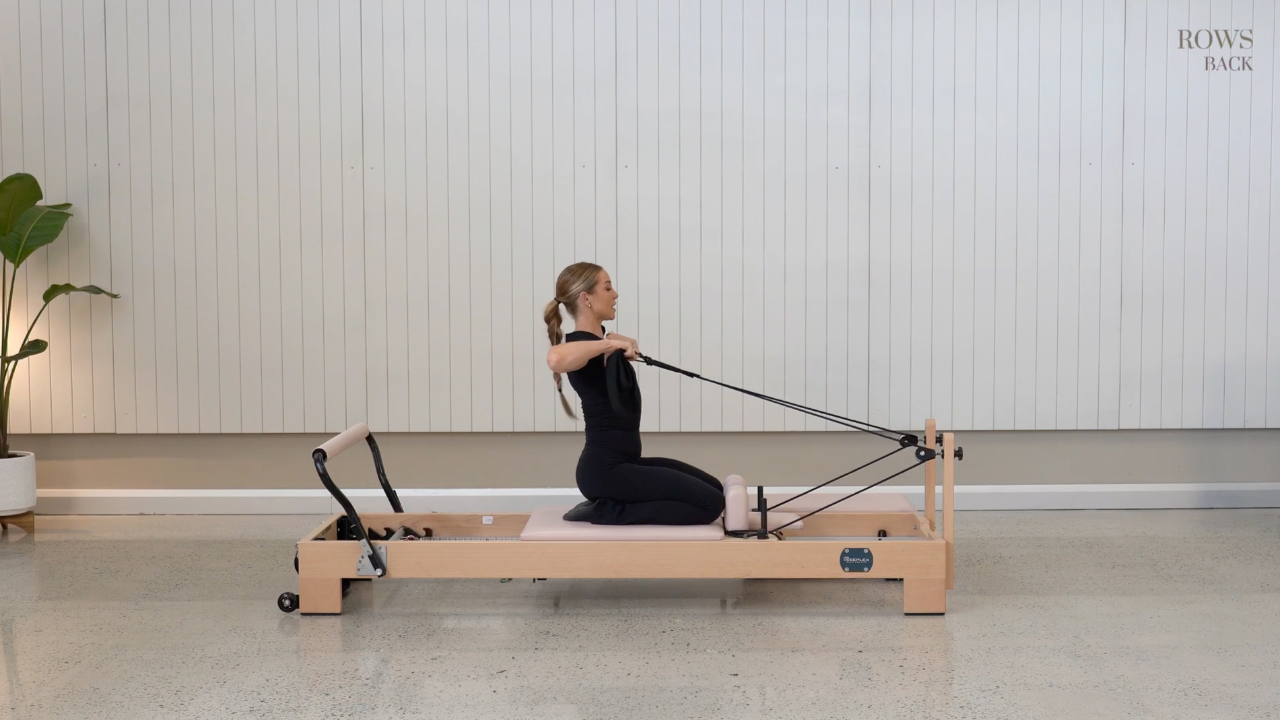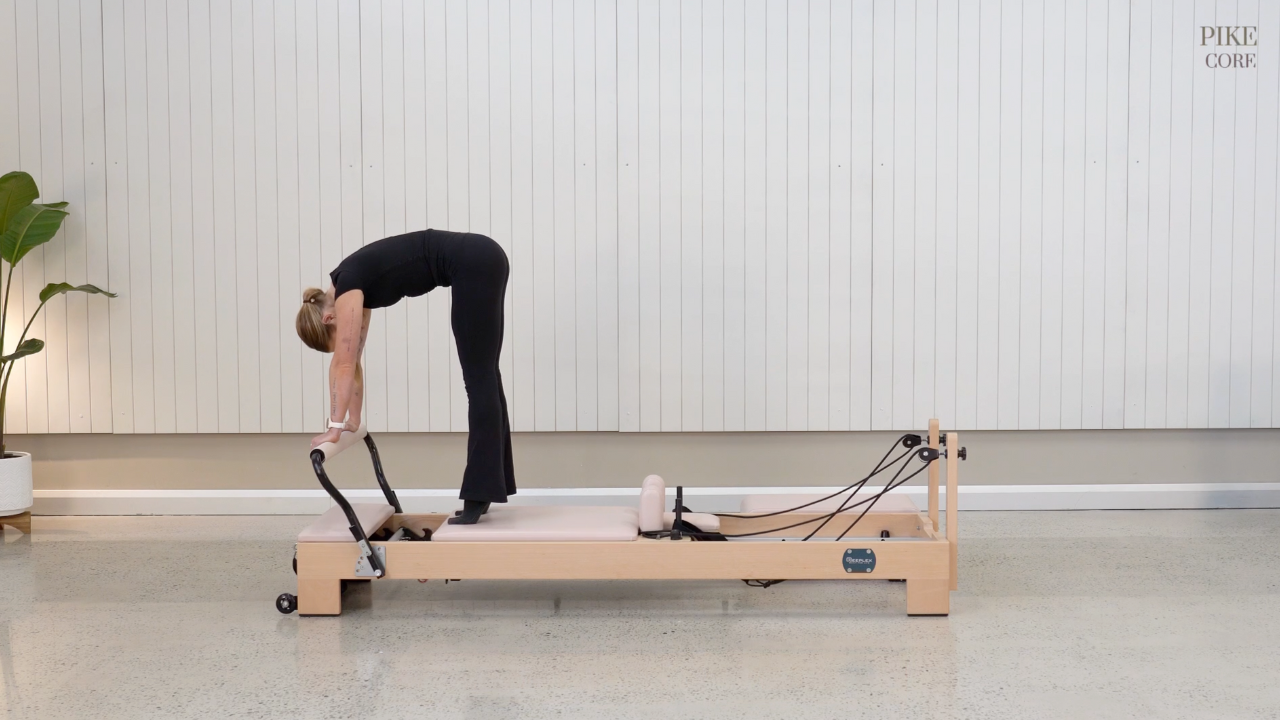The behind-the-neck shoulder press is a weightlifting exercise that primarily targets the shoulder muscles, with additional involvement of the triceps and upper back muscles. This exercise is commonly performed using a Smith machine, which provides a guided range of motion and increased stability. To perform the behind-the-neck shoulder press, load the Smith machine with the prescribed weight at shoulder height. By following the proper technique, you can maximize the benefits of this exercise while minimizing the risk of injury. However, it is important to note that this exercise may not be suitable for everyone, as it requires a certain level of shoulder mobility.
Benefits of Using a Smith Machine for Shoulder Exercises
Using Smith Machine Equipment for shoulder exercises offers several benefits:
- The fixed bar path helps maintain correct posture and reduces the risk of injury.
- Target specific muscle groups more effectively without the involvement of stabilizing muscles required in free-weight exercises.
- Easily increase weights in small increments, ideal for building shoulder strength and size.
Equipment Needed
- Smith Machine: Central to these exercises, shoulder press machine provides the guided barbell.
- Appropriate Weights: Depending on the exercise and strength level, different weights may be used.
- Adjustable Bench (for seated variation): Allows for proper positioning during seated exercises.
Targeted Muscles
- Primary: Deltoids (anterior, lateral, and posterior) – these muscles cap the top of the shoulders and are crucial for lifting and rotating the arm.
- Secondary:
- Triceps: Located at the back of the upper arms, assisting in extending the arm at the elbow.
- Upper Back (Trapezius): This muscle extends along the neck and back, supporting shoulder and neck movements.
- Traps: These contribute to the motion of the scapula, essential for lifting and carrying actions.
Step-by-Step Instructions
Seated Variation
Setting Up:
- Position an adjustable bench inside the Smith Machine. Ensure it’s centered to maintain balance during the exercise.
- Adjust the bench to a 90-degree angle. This position supports the back and allows a full range of motion for the press.
- Set the bar to just above or slightly behind the head when seated. This is crucial for targeting the correct muscle groups without straining the neck.
Performing the Exercise:
- Sit on the bench with a straight back. Keeping your back flat against the bench helps prevent injury.
- Grasp the bar with an overhand grip wider than shoulder-width. This grip width allows for a full range of motion and effective targeting of the shoulder muscles.
- Unrack the bar by rotating your wrists. Begin the exercise with control, focusing on stability.
- Lower the bar slowly to a comfortable position behind the head. Do not let the bar touch the neck to avoid pressure on the spine.
- Press upwards to full extension without locking elbows. Locking the elbows at the top can put undue stress on the joint.
- Repeat for the desired number of repetitions. Ensure consistent form for each rep to maximize effectiveness and reduce risk of injury.
Read about Pilates exercise machine.
Standing Variation
Setting Up:
- Adjust the Smith Machine bar to a few inches above head height. This positioning ensures that the bar is in a safe and reachable position at the start of the exercise.
- Stand with feet shoulder-width apart for stability. A proper stance is crucial for maintaining balance and ensuring effective force application during the press.
Performing the Exercise:
- Use an overhand grip slightly wider than shoulder width. This grip will help in engaging the right muscles and ensuring a full range of motion.
- Unrack the bar and press it straight up overhead until arms are fully extended, then lower it back down slowly. Focus on a controlled movement to maximize muscle engagement and minimize risk of injury.
Safety Tips and Considerations
- Warm-up: Always start with lighter weights to warm up the shoulders. This helps in reducing the risk of injuries and prepares the muscles for heavier lifts.
- Form: Maintain a straight back and avoid arching. Keep the head and neck in a neutral position throughout the exercise to prevent strain.
- Weight Selection: Begin with lighter weights to ensure the movement is comfortable and safe, especially since the behind-the-head position can be challenging for those with limited shoulder mobility.
Common Mistakes to Avoid
- Overloading the bar too soon: It’s important to gradually increase the weight as you build strength and confidence in the exercise.
- Dropping the bar too low behind the neck: This can put excessive stress on the shoulder joints and lead to injuries.
- Using momentum instead of controlled movements: Relying on momentum can lead to improper form and reduced effectiveness of the exercise.
Alternatives and Variations
- Smith Machine Military Press: An alternative that involves pressing the bar in front of the head, which can be easier on the shoulders for some individuals.
- Dumbbell Shoulder Press: This variation offers more freedom of movement and requires more stabilization, engaging more muscle groups.
Conclusion
The Smith Machine Gym Shoulder Press Behind the Head is a valuable exercise for strengthening the shoulder muscles and improving upper body stability, making it a key addition to any smith machine gym setup. However, it is crucial to focus on form and safety to maximize the benefits and minimize risks. By incorporating this exercise into your routine with the right equipment, such as adjustable dumbbells, a weight bench, and perhaps even a cross trainer for cardiovascular work, you can effectively enhance your shoulder development and overall fitness. For those looking to expand their home gym, consider integrating a pilates reformer machine or elliptical machines for core strength and flexibility, or a foldable treadmill for space-efficient cardio solutions. Shop now at our gym equipment Adelaide and gym equipment Perth stores to find all these products and more, tailored to your fitness needs.
Visit our Exercise Training Video page to watch more tutorials like this!







